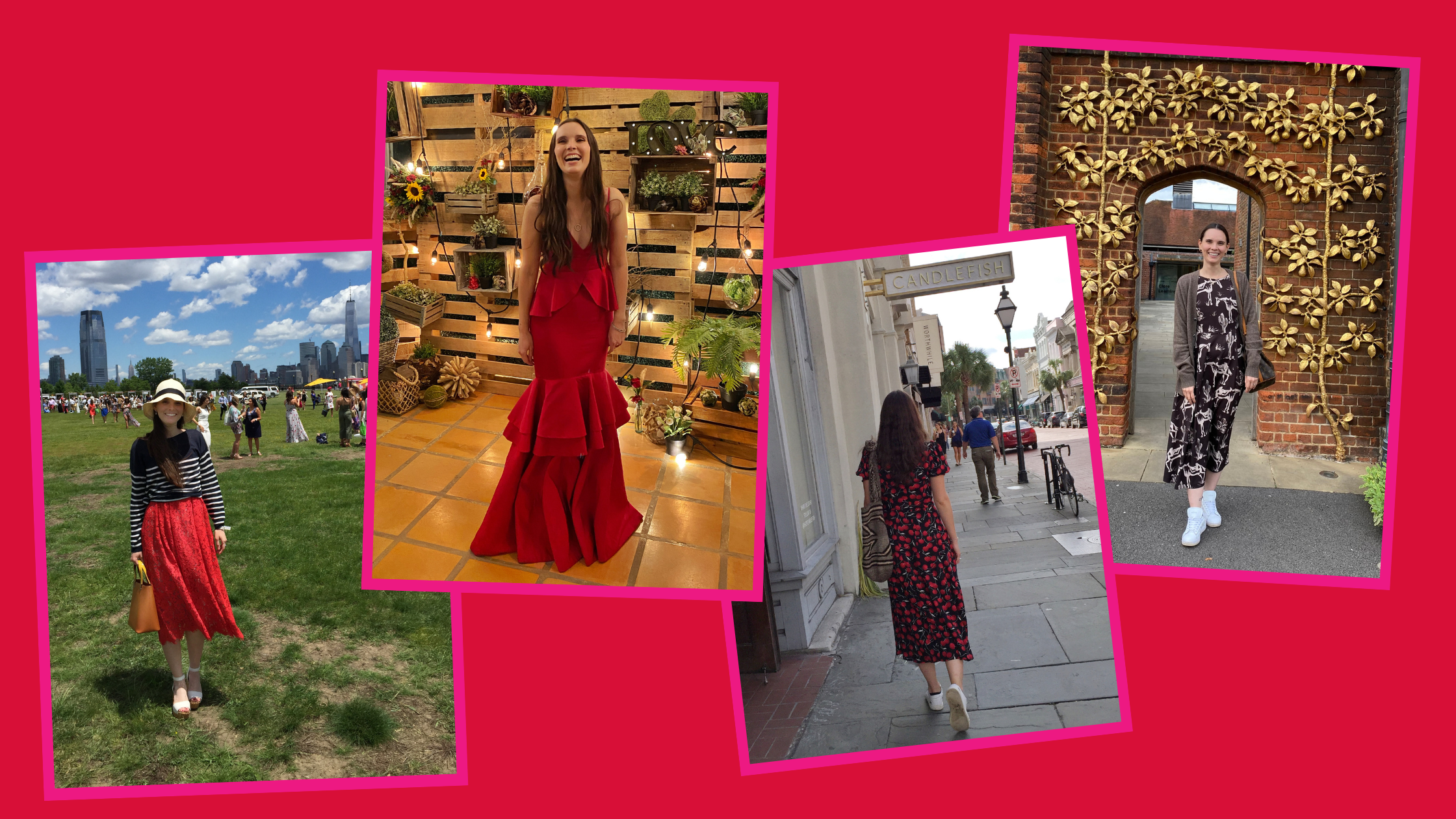My story with fashion is a long one. It started as a child, probably before I can even remember. My love for fashion was passed down by my designer aunt and my mother, whose retail business gave us a living for much of my childhood.
It was a simple love, I thought. I just found an immense pleasure in styling myself as I found creative ways to express my personality through fashion. Perhaps unexpectedly, I also loved shopping, wearing the latest trends, buying from certain brands, and being seen as the kid with a peculiar style in school.
Until I found Fashion Studies.
I arrived into Fashion Studies after doing some research on the economic history of fashion as a driver for industrialization. I started my MA at Parsons thinking that I was completely unprepared to become a “real” fashion historian, but I was certainly excited about this new stage.
What I didn’t expect was that, along with the new words, concepts, theories, and authors, my own, personal relationship with clothing would be drastically changed.
And it happened quickly. In less than a year, I had already quit fast fashion, begun analyzing my own fashion practices through auto-ethnography, and even started to avoid buying from the usual European brands—something that cost me several heated discussions with my mother.
But the process has inevitably continued and, in addition to embracing new fashion practices, I’ve also started to, well… intellectualize them.
I could write about my theories forever. But today I’m just going to focus on one aspect that has become increasingly important to me over the years: the power of clothes to hold and carry our personal histories and memories.
And, today, my favorite clothes are not the trendiest or the most expensive ones but the ones that ignite the most emotions whenever I wear them. It’s that red dress I wore to my childhood best friend’s dream wedding, even while I couldn’t contain the tears caused by my own recently-failed marriage. It’s the first sweater I knit as an adult, even with all the funky stitches after a couple of decades without touching my needles. It’s the second-hand scarf I bought in Maine with my summer camp friends on the hottest weekend of our lives. It’s the black velvet dress, a size too big for me, that my mother took from my grandma’s closet for me to wear in my first job as a university Professor.
So… what if we stopped thinking about clothes in terms of how new or trendy they are or which brand they’re from and, instead, focused on our personal attachment to them? What if we measured the value of our clothes based on the memories they hold rather than how much money we paid for them?
In one of my all-time favorite essays on fashion, titled “Slow + Fashion—an Oxymoron or a Promise for the Future?” Dr. Hazel Clark (2008) wrote about:
“the potential of ‘slow products’ to inculcate a ‘new beauty’ in fashion, based not purely on the visual, but also including sensorial aspects that acknowledge the existence of the many abstract and emotional factors that underpin the choices of what people wear.”
— Hazel Clark 2008, p. 441.
This requires an intimate knowledge of the clothes we wear, which can certainly be incited by designers, makers, and sellers through storytelling.
But for me, personal memories and our individual histories with our clothing is the key to this new, emotional beauty in fashion—and, as a result, to slower forms of consumption. Why buy something new when I’m so emotionally attached to my old clothes, memories, and histories?
That’s precisely my go-to strategy whenever I feel like I’m falling prey to a false need to buy more, imposed by the ever-changing fashion calendar, the many shopping suggestions fed on us by influencers and the media, and Black Friday deals. And that’s precisely why I chose to write about this today.
And, while I have you, please do consider being more mindful about what you buy this week, during the “Holiday” shopping season, and into the new year.
As always, please share your thoughts and your own strategies for slowing down fashion in the comments below. And don’t forget to subscribe to my email list to receive my weekly blog posts directly in your inbox!
Thank you for reading and until next time,
—L 🩷

Leave a Reply